Shahab S. Band
An Overview of Violence Detection Techniques: Current Challenges and Future Directions
Sep 21, 2022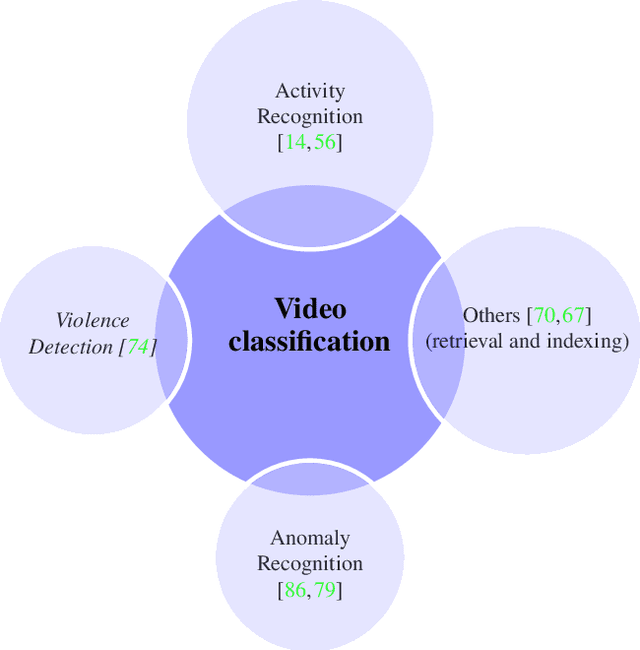
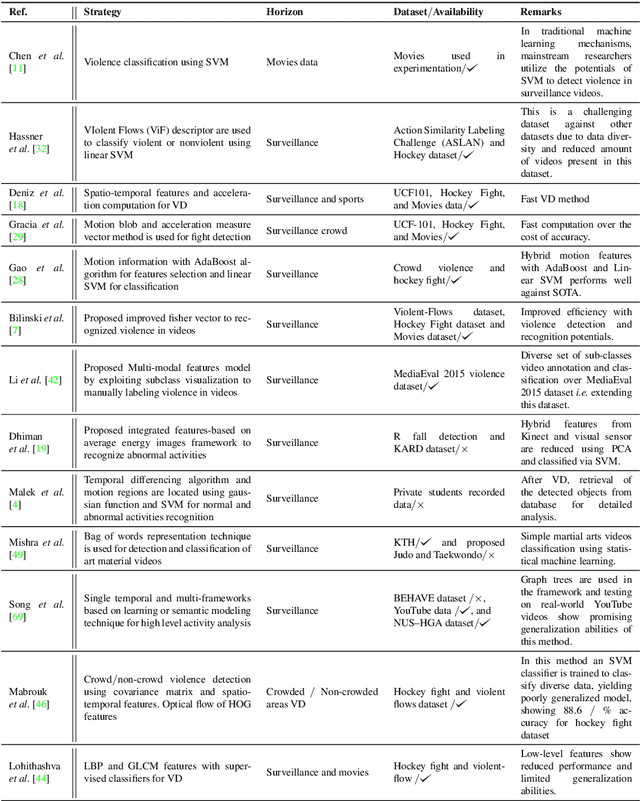
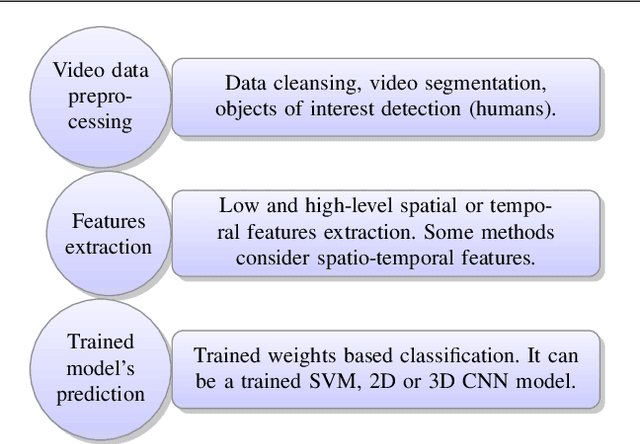
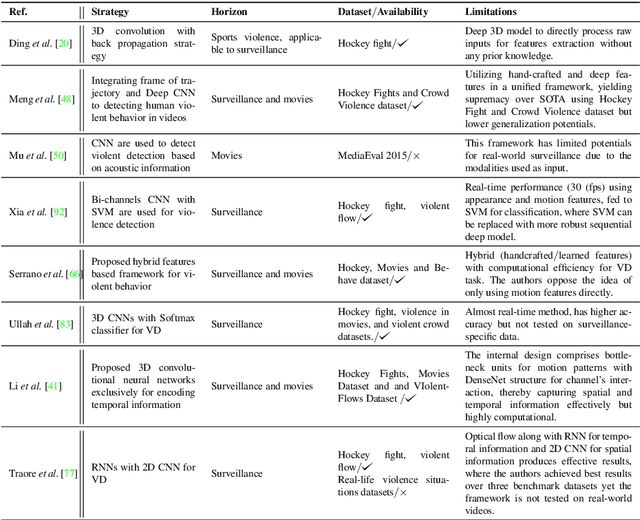
Abstract:The Big Video Data generated in today's smart cities has raised concerns from its purposeful usage perspective, where surveillance cameras, among many others are the most prominent resources to contribute to the huge volumes of data, making its automated analysis a difficult task in terms of computation and preciseness. Violence Detection (VD), broadly plunging under Action and Activity recognition domain, is used to analyze Big Video data for anomalous actions incurred due to humans. The VD literature is traditionally based on manually engineered features, though advancements to deep learning based standalone models are developed for real-time VD analysis. This paper focuses on overview of deep sequence learning approaches along with localization strategies of the detected violence. This overview also dives into the initial image processing and machine learning-based VD literature and their possible advantages such as efficiency against the current complex models. Furthermore,the datasets are discussed, to provide an analysis of the current models, explaining their pros and cons with future directions in VD domain derived from an in-depth analysis of the previous methods.
Accurate Discharge Coefficient Prediction of Streamlined Weirs by Coupling Linear Regression and Deep Convolutional Gated Recurrent Unit
Apr 12, 2022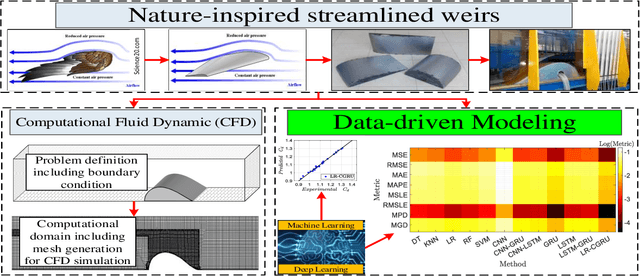
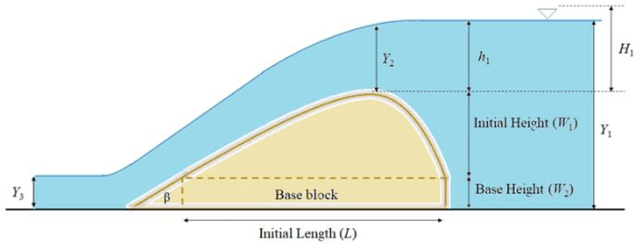
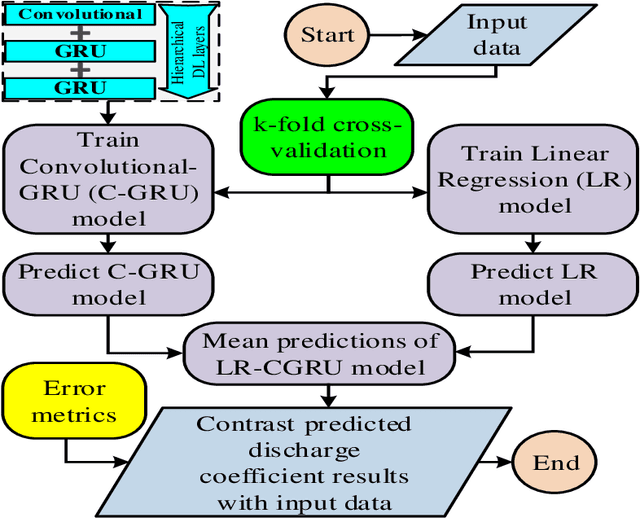
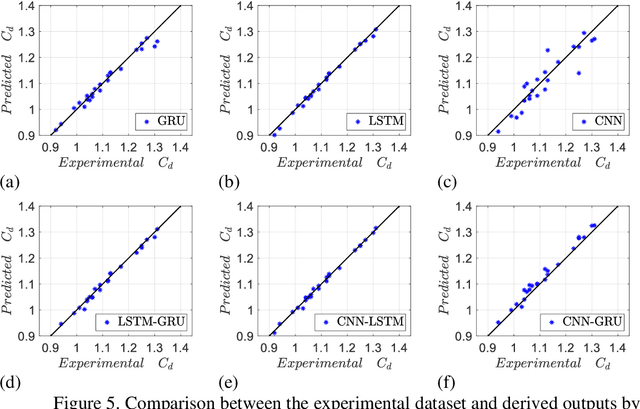
Abstract:Streamlined weirs which are a nature-inspired type of weir have gained tremendous attention among hydraulic engineers, mainly owing to their established performance with high discharge coefficients. Computational fluid dynamics (CFD) is considered as a robust tool to predict the discharge coefficient. To bypass the computational cost of CFD-based assessment, the present study proposes data-driven modeling techniques, as an alternative to CFD simulation, to predict the discharge coefficient based on an experimental dataset. To this end, after splitting the dataset using a k fold cross validation technique, the performance assessment of classical and hybrid machine learning deep learning (ML DL) algorithms is undertaken. Among ML techniques linear regression (LR) random forest (RF) support vector machine (SVM) k-nearest neighbor (KNN) and decision tree (DT) algorithms are studied. In the context of DL, long short-term memory (LSTM) convolutional neural network (CNN) and gated recurrent unit (GRU) and their hybrid forms such as LSTM GRU, CNN LSTM and CNN GRU techniques, are compared using different error metrics. It is found that the proposed three layer hierarchical DL algorithm consisting of a convolutional layer coupled with two subsequent GRU levels, which is also hybridized with the LR method, leads to lower error metrics. This paper paves the way for data-driven modeling of streamlined weirs.
* 28 pages, 7 figures
Integration of neural network and fuzzy logic decision making compared with bilayered neural network in the simulation of daily dew point temperature
Feb 23, 2022
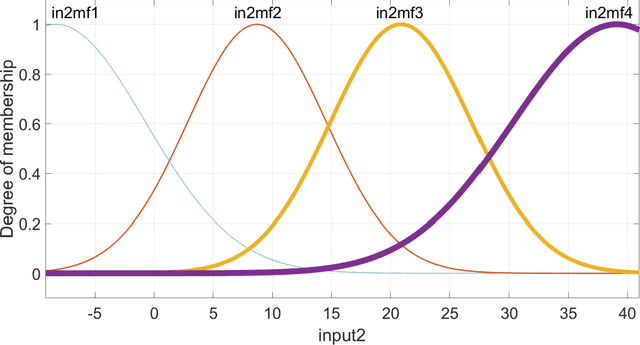
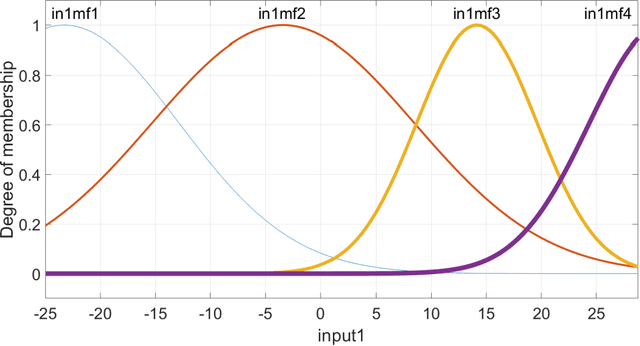
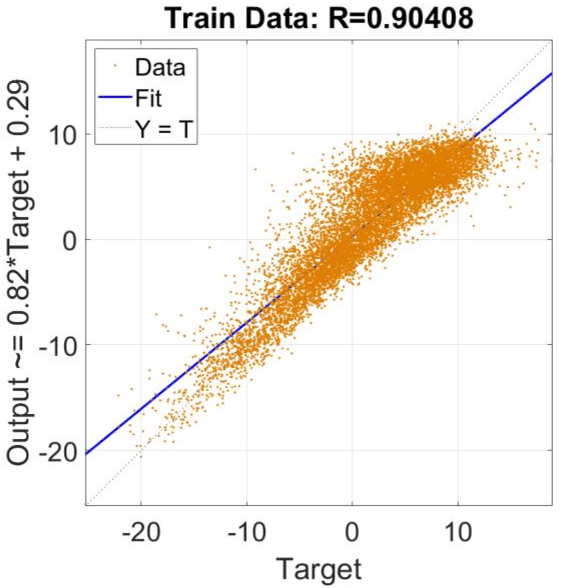
Abstract:In this research, dew point temperature (DPT) is simulated using the data-driven approach. Adaptive Neuro-Fuzzy Inference System (ANFIS) is utilized as a data-driven technique to forecast this parameter at Tabriz in East Azerbaijan. Various input patterns, namely T min, T max, and T mean, are utilized for training the architecture whilst DPT is the model's output. The findings indicate that, in general, ANFIS method is capable of identifying data patterns with a high degree of accuracy. However, the approach demonstrates that processing time and computer resources may substantially increase by adding additional functions. Based on the results, the number of iterations and computing resources might change dramatically if new functionalities are included. As a result, tuning parameters have to be optimized inside the method framework. The findings demonstrate a high agreement between results by the data-driven technique (machine learning method) and the observed data. Using this prediction toolkit, DPT can be adequately forecasted solely based on the temperature distribution of Tabriz. This kind of modeling is extremely promising for predicting DPT at various sites. Besides, this study thoroughly compares the Bilayered Neural Network (BNN) and ANFIS models on various scales. Whilst the ANFIS model is extremely stable for almost all numbers of membership functions, the BNN model is highly sensitive to this scale factor to predict DPT.
 Add to Chrome
Add to Chrome Add to Firefox
Add to Firefox Add to Edge
Add to Edge